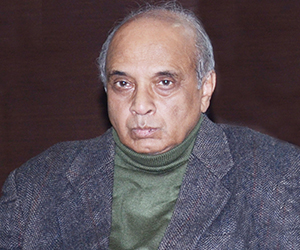It is imperative to reassess, formulate and develop India’s civilizational and cultural imperatives in an increasingly globalised world. The nation’s perception of its ancient history plays a major role in this. The present series on the history of ancient India was conceived with this in mind. The aim is to put forward a nationalistic, factual and objective history of the ancient Indian past in eleven volumes. The cobwebs of certain ideas that we have lived with in the past are critically examined and in many cases found wanting and discarded. Of the eleven volumes of ancient Indian history in the present series, the first two are concerned with the background of India’s historical developments. The third volume deals with the Aryan concept, the range of Vedic, Buddhist and Jaina texts and the basic outline of political history and administration up to the end of the Mauryas around 200 BC. The fourth and fifth volumes are concerned only with political history and administration between c. 200 BC and AD 1300, in which the development of regional powers and the interaction between these regional powers were played out on a pan-Indian scale. The sixth volume dwells on social, political and legal frameworks and institutions. The seventh volume is on economy: trade, crafts and agriculture. The eighth volume is about art and architecture, meaning thereby sculpture, painting, iconography, architecture and performing arts. The ninth volume focuses on science, technology and medicine. The tenth volume is about religion, philosophy and literature in ancient India and the eleventh volume examines ancient India’s role as a civilizational area in the form of its interactions with various other parts of the world.











Post new comment